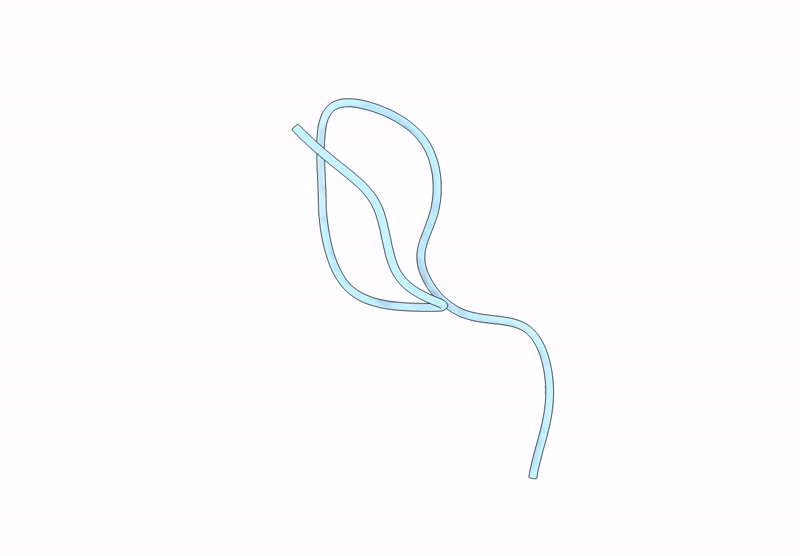
Deposition Date
2024-07-18
Release Date
2025-06-04
Last Version Date
2025-06-04
Entry Detail
PDB ID:
9CQ0
Keywords:
Title:
Event-based electron counting microED structure of thiostrepton from a single crystal
Biological Source:
Source Organism:
Streptomyces azureus (Taxon ID: 146537)
Method Details:
Experimental Method:
Resolution:
1.50 Å
R-Value Free:
0.21
R-Value Work:
0.20
R-Value Observed:
0.20
Space Group:
P 43 21 2


